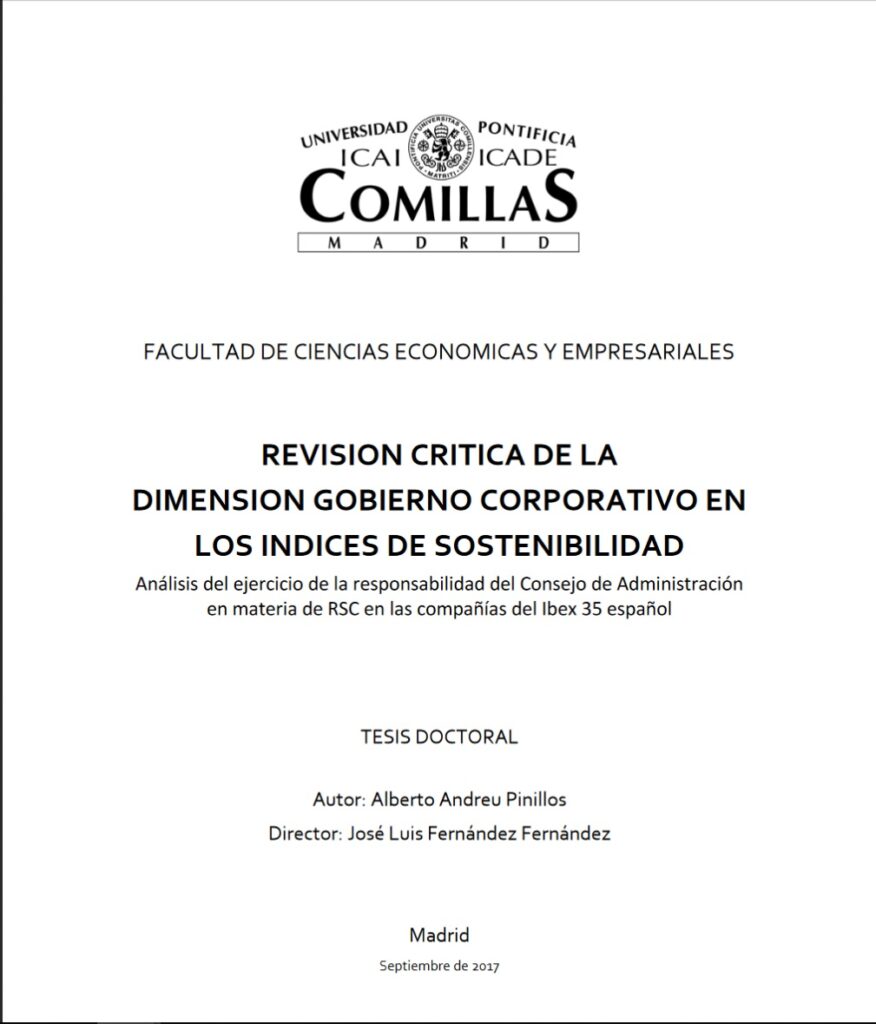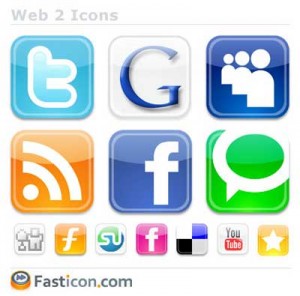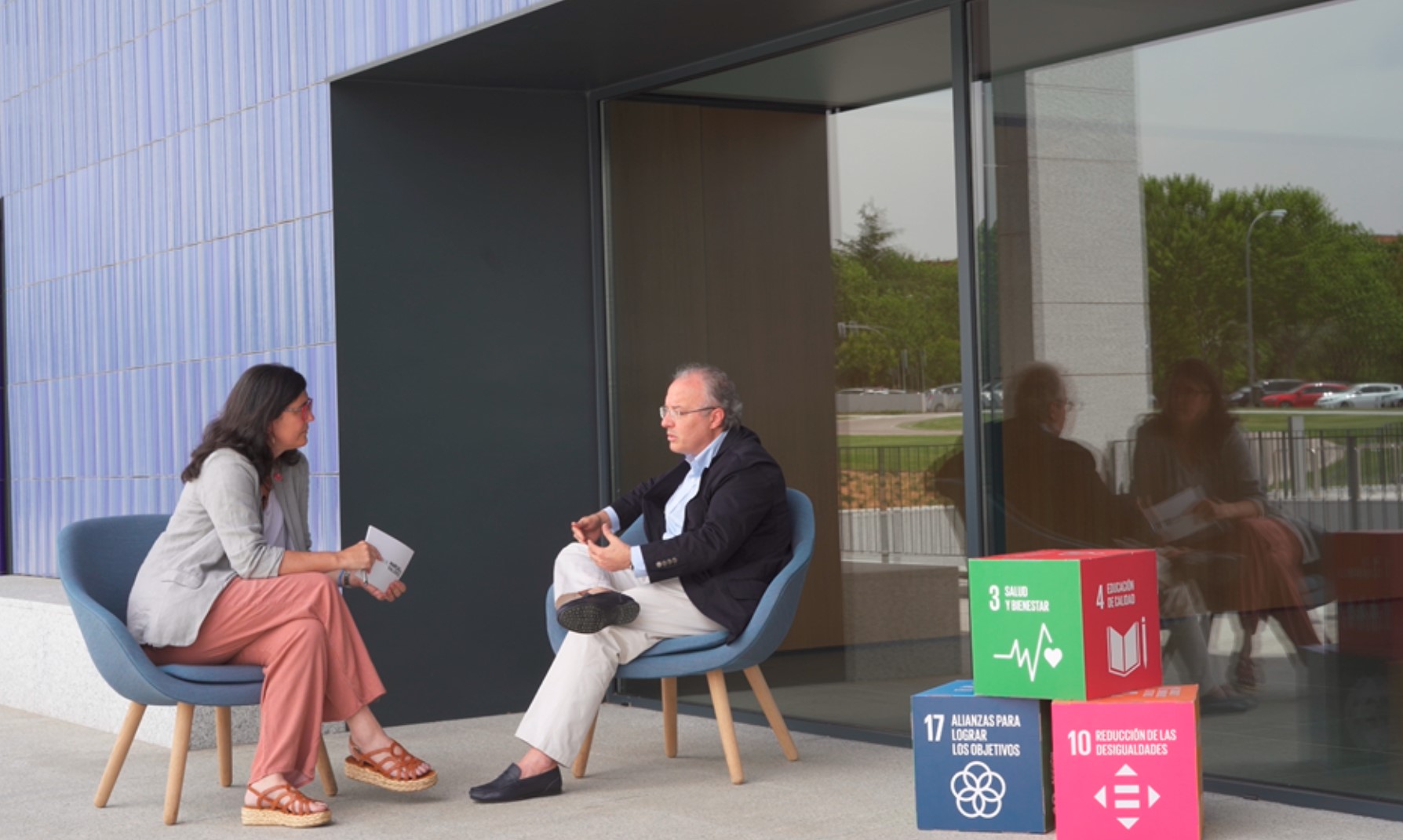Pasado, presente y futuro de los ODS. La tecnología como catalizador (o inhibidor) de la Agenda 2030
Articulo previamente publicado en en Número 108 de la Revista ICADE y escrito junto con José Luis Fernández Fernández y Joaquín Fernández Mateo.
Puedes acceder ar texto íntegro en este enlace
ABSTRACT
Este trabajo tiene como objetivo presentar el origen de los Objetivos de Desarrollo Sostenible, entender su situación actual –especialmente por el impacto que podrá tener en ellos la tecnología– y avanzar sus posibles efectos en 2030. Para ello, se estructura en tres partes. Por una parte, lleva a cabo un repaso histórico de los instrumentos que han contribuido a generalizar el interés por el fenómeno de la Responsabilidad Social de la Empresa y del discurso sobre un desarrollo económico que no ponga en peligro ni el futuro del planeta ni las necesidades de las generaciones por venir. De la convergencia de dichos fenómenos y de su concreción en distintas herramientas multilaterales se derivan los actuales Objetivos de Desarrollo Sostenible –ODS, en español; SDG, por sus siglas en inglés, Sustainable Development Goals– a los que nos aproximamos con talante inequívocamente favorable, pero de una manera crítica. En segundo lugar, el trabajo llama la atención respecto a cómo la tecnología y la digitalización de la economía y la sociedad –que constituyen rasgos particulares del presente momento histórico– constituyen y representan el verdadero fermento de casi toda la tarea implícita en la enumeración y despliegue de los diecisiete ODS. Por último, se identifican y señalan algunas de las herramientas tecnológicas más señeras que, a juicio de los coautores de este trabajo, pudieran servir para la consecución de la denominada Agenda 2030. La tecnología, en efecto, puede favorecer la consecución de acuerdos y derechos, en tanto que catalizador de los ODS. Sin embargo, declaramos también ciertos límites debidos a la complejidad de la propia Agenda 2030. Dicha complejidad reside, sobre todo, en el carácter holístico e interconectado que evidencian los problemas y retos a los que nos enfrentamos.
Palabras clave
Objetivos de Desarrollo Sostenible, sostenibilidad, responsabilidad social, Agenda 2030, transformación digital, tecnología
Abstract
This paper aims to present the origin of the Sustainable Development Goals, understand their current situation, especially the impact that technology may have on them and advance their possible effects in 2030. So, to do this, it is structured in three parts. On the one hand, it carries out a historical review of the instruments that have contributed to generalise interest in the phenomenon of Corporate Social Responsibility and the discourse on an economic development that does not endanger the future of the planet or the needs of future generations. From the convergence of these phenomena and their concretion in different multilateral tools derive the current Sustainable Development Goals (SDG), to which we approach with an unequivocally favorable, but in a critical manner. Secondly, the article draws attention to how technology and the digitalisation of the economy and society –which are particular features of the present historical moment– constitute and represent the true ferment of almost the entire task implicit in the enumeration and deployment of the seventeen SDGs. Finally, it identifies and points out some of the most outstanding technological tools that, in the opinion of the co-authors of this work, could be used to achieve the so-called Agenda 2030. Technology, in effect, can favour the achievement of agreements and rights, as a catalyst for SDGs. However, we also declare certain limits due to the complexity of Agenda 2030 itself. This complexity lies, above all, in the holistic and interconnected nature of the problems and challenges we face.
Key words
Sustainable Development Goals, sustainability, social responsibility, 2030 Agenda, digital transformation, technology









